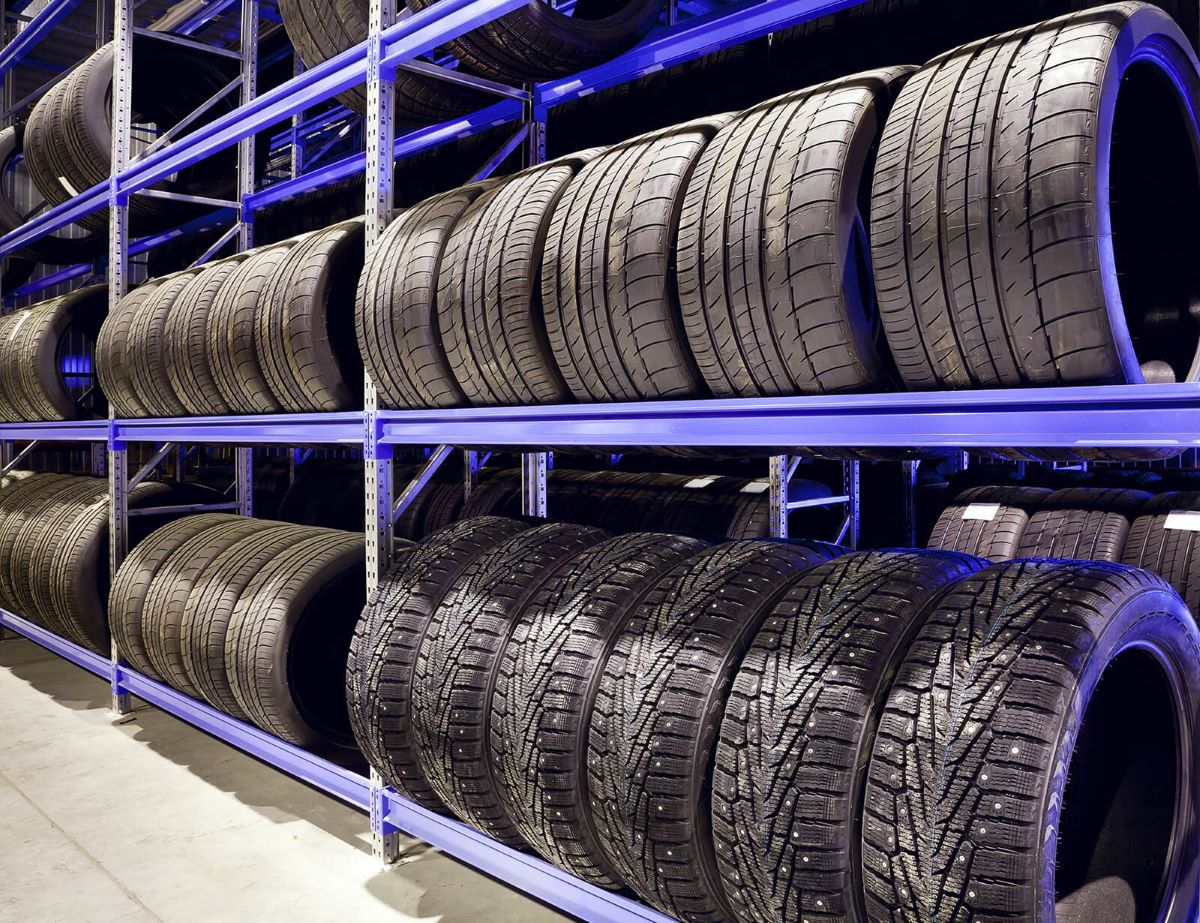

Articles
How To Store Car Tires
Modified: January 6, 2024
Learn how to properly store your car tires with these informative articles. Keep your tires in great condition and extend their lifespan with our handy tips and tricks.
(Many of the links in this article redirect to a specific reviewed product. Your purchase of these products through affiliate links helps to generate commission for Storables.com, at no extra cost. Learn more)
Introduction
Proper tire storage is essential for maintaining the performance and lifespan of your car tires. Whether you’re storing them during seasonal changes, for long-term storage, or simply need to remove and store tires temporarily, following the right storage practices will ensure that your tires stay in optimal condition.
In this article, we will guide you through the steps and considerations for storing car tires effectively. From choosing the right storage space to cleaning and preparing the tires, we will provide you with valuable tips and precautions to keep in mind. Let’s delve into the details and learn how to store car tires correctly.
Key Takeaways:
- Proper tire storage is crucial for maintaining performance and longevity. Choose a clean, indoor space, clean and prepare the tires, and store them away from direct sunlight and chemicals to ensure optimal condition.
- Regularly inspect stored tires, avoid storing on concrete, and follow manufacturer guidelines. Proper storage preserves tire quality, extends lifespan, and ensures safety on the road.
Read more: How To Store Tires
Choosing the Right Storage Space
When it comes to storing your car tires, selecting the appropriate storage space is crucial. Here are some factors to consider:
- Indoor vs. Outdoor: Whenever possible, store your tires indoors to protect them from the elements. Indoor spaces, such as a garage or basement, provide stable temperature and humidity levels, which are ideal for tire storage.
- Clean and Dry: Ensure that the storage area is clean and free from moisture. Moisture can lead to the growth of molds and mildew, which can damage the tires. If you don’t have access to an indoor space, consider using tire storage bags or covers designed to protect tires from external elements.
- Avoid Direct Sunlight: If storing your tires outdoors is the only option, try to find a shaded area or cover the tires with a tarp to shield them from direct sunlight. Ultraviolet (UV) rays can cause rubber to degrade over time.
- Adequate Space: Make sure you have enough space to store the tires properly. Avoid stacking tires on top of each other, as the weight can cause deformation. If you must stack them, use a tire rack or sturdy storage system to prevent damage.
- Air Circulation: Good air circulation is important to prevent moisture build-up and maintain the integrity of the tires. Avoid storing tires in airtight containers or plastic bags, as it can trap moisture and lead to mold growth.
By considering these factors, you can select the most suitable storage space for your car tires, ensuring they remain in excellent condition until they are ready to be used again.
Cleaning the Tires
Before storing your car tires, it’s important to properly clean them to remove any dirt, grime, or brake dust that may have accumulated. Follow these steps to ensure your tires are thoroughly cleaned:
- Remove the Tires: If the tires are still mounted on your vehicle, carefully remove them before cleaning. Use a jack to lift the vehicle and use appropriate safety measures.
- Rinse with Water: Start by rinsing the tires with water to remove loose dirt and debris. Use a hose or a pressure washer for a more thorough clean.
- Gentle Cleaning Solution: Prepare a mixture of mild soap or tire cleaner and water. Apply the solution to the tires and scrub them gently with a soft-bristle brush or sponge.
- Focused Cleaning: Pay close attention to the tread, sidewalls, and any visible stains or buildup. Use a tire brush or an old toothbrush to get into the crevices and remove stubborn dirt. Avoid using harsh chemicals or abrasive cleaning tools, as they can damage the rubber.
- Rinse and Dry: Once you’ve scrubbed the tires clean, rinse them thoroughly with water to remove any soap residue. Allow the tires to dry completely before proceeding to the next step.
By properly cleaning your tires, you remove contaminants that can lead to deterioration over time. This helps to maintain the integrity of the rubber and prepares them for storage.
Removing and Preparing the Tires
Once your tires are clean, the next step is to properly remove and prepare them for storage. Follow these guidelines to ensure you handle the tires correctly:
- Labeling: Before removing the tires, label each one with a marker or a piece of masking tape to indicate their position on the vehicle. This will make it easier to re-install the tires correctly later.
- Deflation: Use a tire pressure gauge to check the current air pressure in each tire. If the pressure is higher than recommended for storage, deflate the tires to the manufacturer’s recommended levels. This helps to prevent tire damage and maintains their shape during storage.
- Inspect for Damage: While deflating the tires, take the opportunity to inspect them for any visible damage or signs of wear. Look for cuts, bulges, or uneven tread wear. If you notice any significant damage or abnormalities, consult a professional for further inspection and advice.
- Protective Coating: Applying a tire dressing or conditioner can help protect the rubber during storage. Choose a product specifically designed for tires and follow the manufacturer’s instructions for application. This step can help prevent drying and cracking of the rubber.
- Secure Storage: If storing tires that are still mounted on rims, consider investing in a tire stand to keep them upright. This helps to maintain their shape and prevents unnecessary stress on the sidewalls. If you have spare rims, remove the tires and store them separately for better weight distribution.
By following these steps, you ensure that your tires are properly prepared for storage. This helps to preserve their condition and makes re-installation easier when the time comes.
When storing car tires, it’s important to keep them in a cool, dry place away from direct sunlight and sources of heat. Also, store them vertically to prevent distortion and flat spots.
Storing the Tires
Once your tires are cleaned, prepared, and ready for storage, it’s important to store them properly to maintain their quality. Follow these tips for storing your car tires:
- Stacking or Hanging: For short-term storage, it is generally safe to stack the tires on top of each other. However, if you are storing the tires for an extended period, it’s recommended to hang them instead. This helps to prevent distortion or flattening of the tires.
- Using Tire Bags or Covers: If you have the space and resources, consider using individual tire bags or covers to protect each tire. These bags shield the tires from dust, sunlight, and moisture, providing an extra layer of protection.
- Proper Alignment: When stacking or hanging tires, ensure that they are aligned properly and not subjected to excessive pressure or weight. Avoid overloading the storage area to prevent damage to the tires.
- Stay Away from Chemicals: Store your tires away from any sources of chemicals, such as gasoline, oil, or solvents. Exposure to these substances can cause the rubber to degrade or become discolored.
- Temperature and Humidity: Choose a storage area that maintains a stable temperature and humidity level. Extreme temperatures or fluctuations can have a negative impact on tire quality. Aim for a cool, dry environment to keep the tires in optimal condition.
- Keep Away from Direct Sunlight: If storing the tires in an outdoor space, make sure they are shielded from direct sunlight. UV rays can damage the rubber and cause premature aging. Use a tire cover or tarp to protect them from the sun’s harmful rays.
By following these storage practices, you are ensuring that your tires remain in optimal condition during their period of storage. This will help to extend their lifespan and maintain their performance when it’s time to put them back on your vehicle.
Read more: How To Store Winter Tires
Tire Storage Tips and Precautions
When it comes to storing car tires, there are some additional tips and precautions you should keep in mind to ensure the best possible storage conditions. Consider the following:
- Tire Rotation: If you are storing tires that have been previously used, it’s a good idea to rotate them before storage. This helps to distribute the wear more evenly and can extend the overall lifespan of the tires.
- Regular Inspection: While your tires are in storage, periodically check on them to ensure they remain in good condition. Look for any signs of damage, flat spots, or improper storage conditions.
- Time Limit: If you are storing your tires for an extended period, it is generally recommended not to exceed six years. Over time, the rubber can degrade even in the best storage conditions. If your tires reach this age, consider replacing them.
- Prevent Flat Spots: To prevent flat spots from developing during storage, inflate the tires to their proper recommended pressure. If possible, rotate the tires periodically, or consider using tire cushions or supports to distribute the weight evenly.
- Do Not Store on Concrete: Storing tires directly on concrete surfaces for long periods can lead to moisture absorption and potential damage. If storing on a concrete floor, use a barrier such as a wooden pallet or rubber mat to provide insulation.
- Keep Away from Fuel Sources: Avoid storing tires near fuel sources or areas with high chemical fumes. Exposure to gasoline or other chemicals can cause the rubber to deteriorate and compromise tire quality.
By implementing these tips and precautions, you can ensure that your tires remain in excellent condition throughout the storage period. This will help to preserve their performance and keep you safe when they are back on your vehicle.
Conclusion
Properly storing your car tires is essential for preserving their performance and longevity. By following the tips and guidelines outlined in this article, you can ensure that your tires remain in optimal condition during the storage period.
Choosing the right storage space, cleaning the tires thoroughly, and preparing them for storage are crucial steps in maintaining their quality. Storing the tires in a suitable environment, protecting them from sunlight and chemicals, and regularly inspecting them are key to preventing damage and ensuring their longevity.
Remember to follow safety precautions when removing and handling tires, label them for easy reinstallation, and check their air pressure before storing. Taking these precautions will help maintain the tires’ shape, prevent flat spots, and promote even wear.
Whether you are storing your car tires during seasonal changes or for long-term storage, proper tire storage is essential to maintain their performance and safety. By implementing these practices, you can ensure that your tires are ready to go when it’s time to hit the road again.
Keep in mind that it’s always a good idea to consult your tire manufacturer’s guidelines for specific recommendations on tire storage. By following these expert tips and incorporating them into your tire storage routine, you can extend the lifespan of your tires and ensure a smooth and safe driving experience in the future.
Frequently Asked Questions about How To Store Car Tires
Was this page helpful?
At Storables.com, we guarantee accurate and reliable information. Our content, validated by Expert Board Contributors, is crafted following stringent Editorial Policies. We're committed to providing you with well-researched, expert-backed insights for all your informational needs.

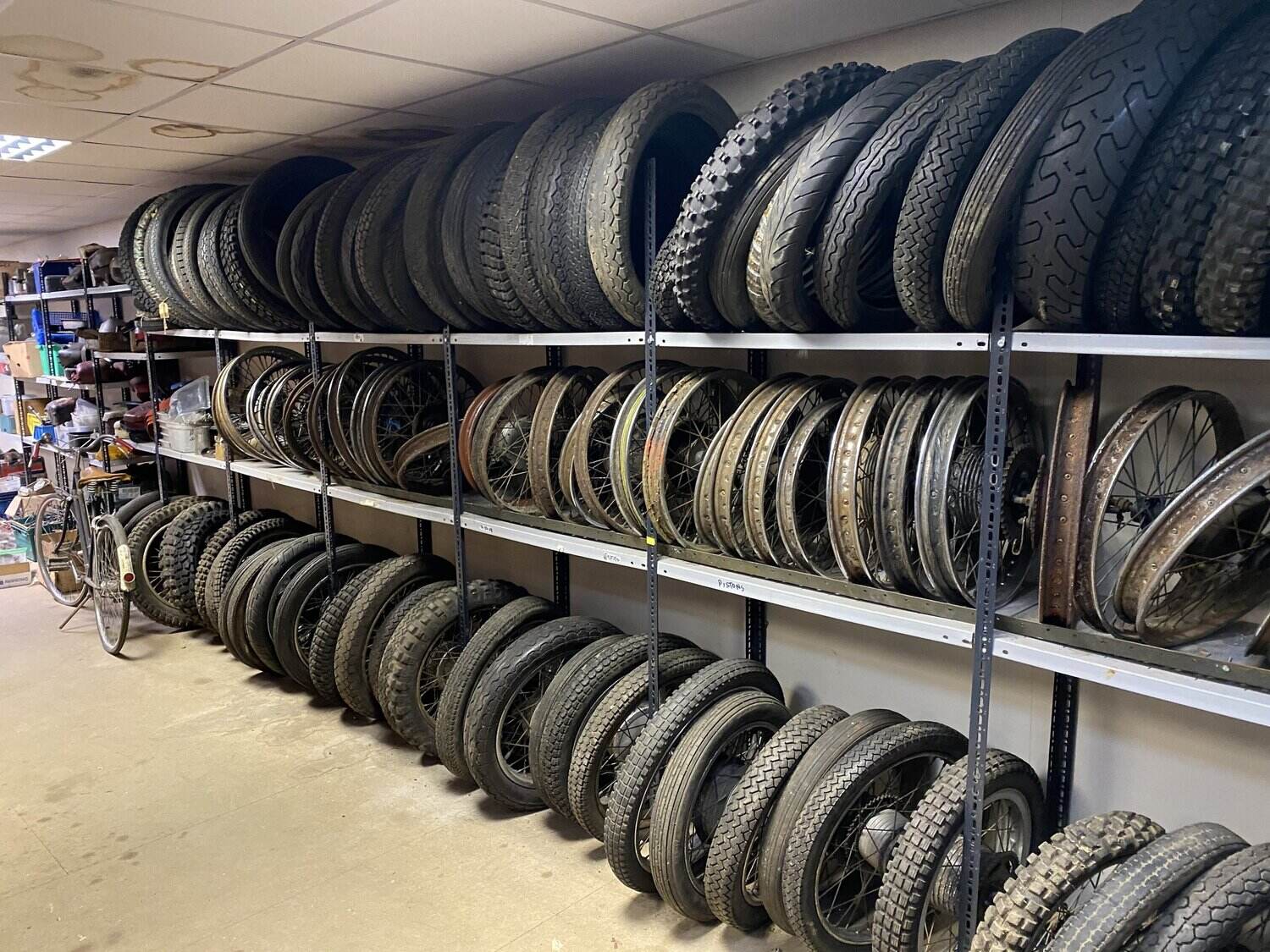
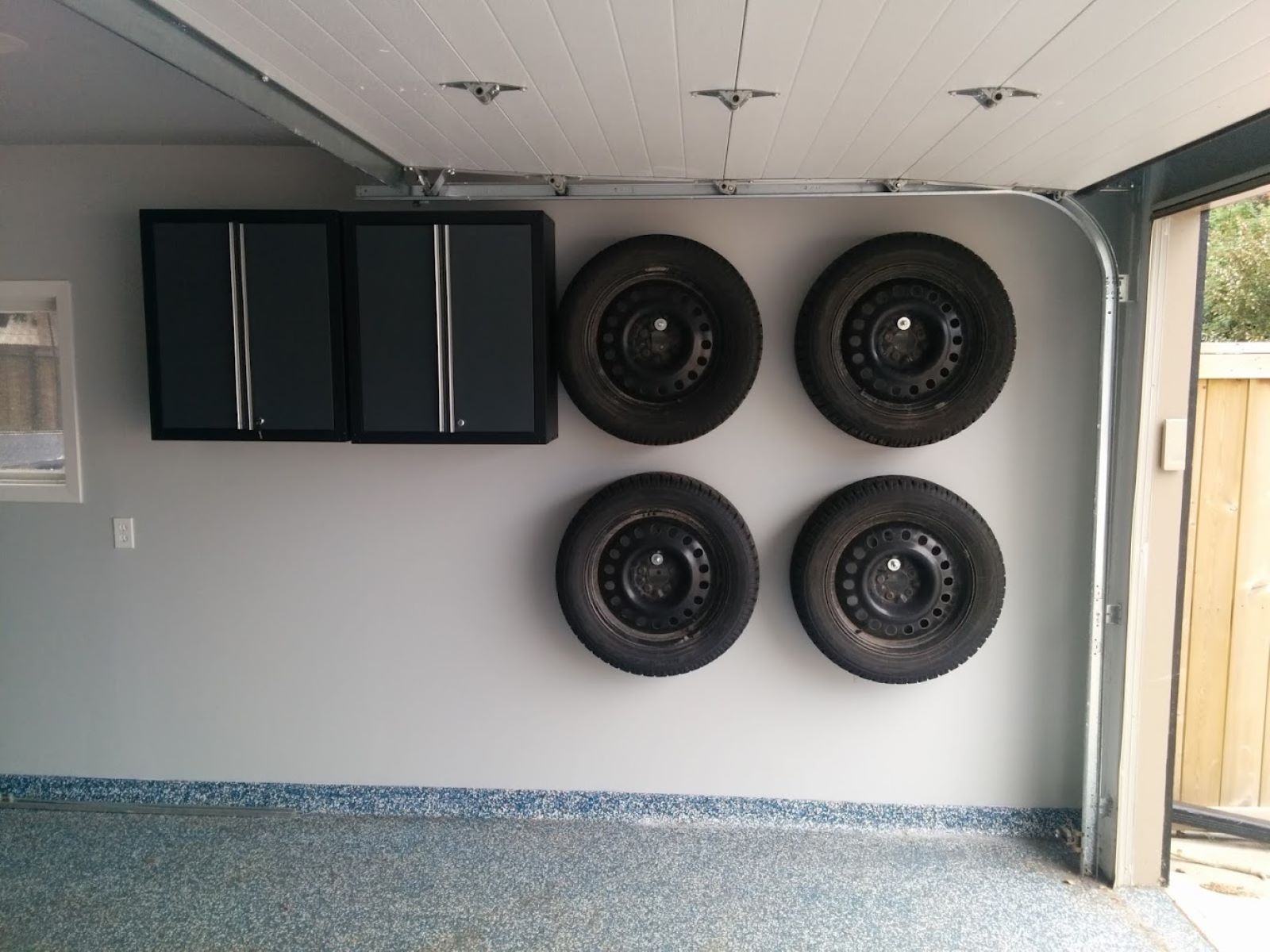
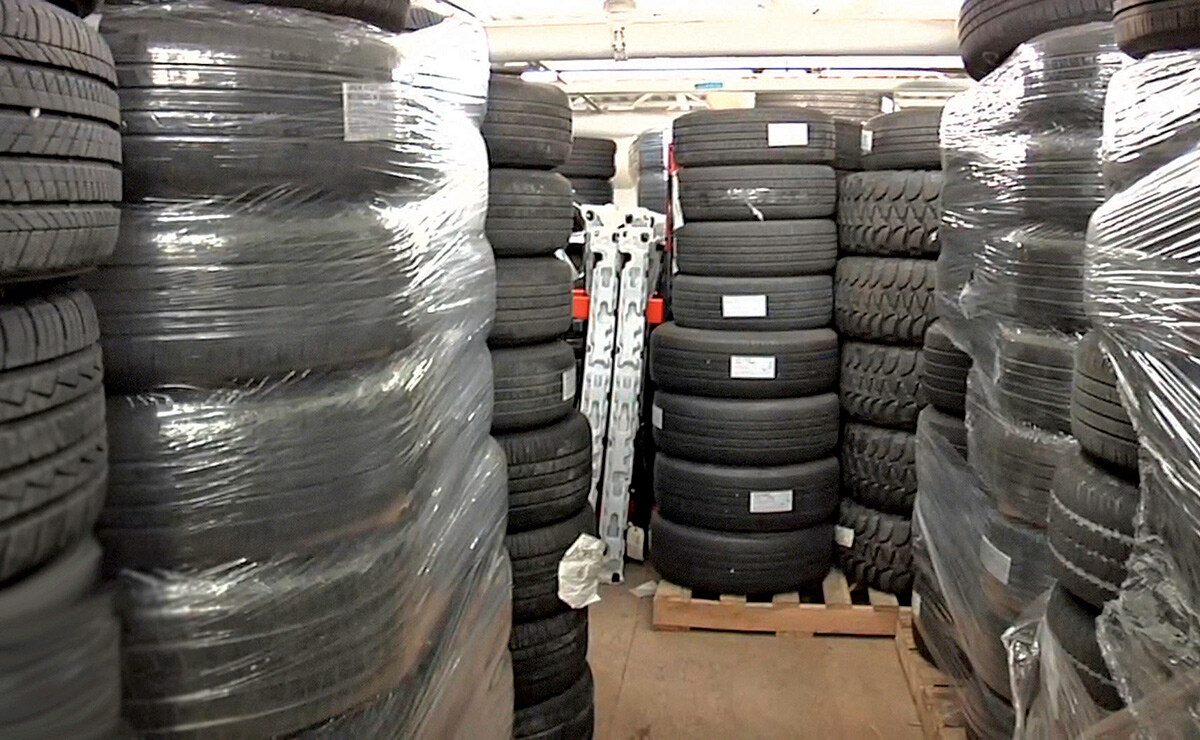
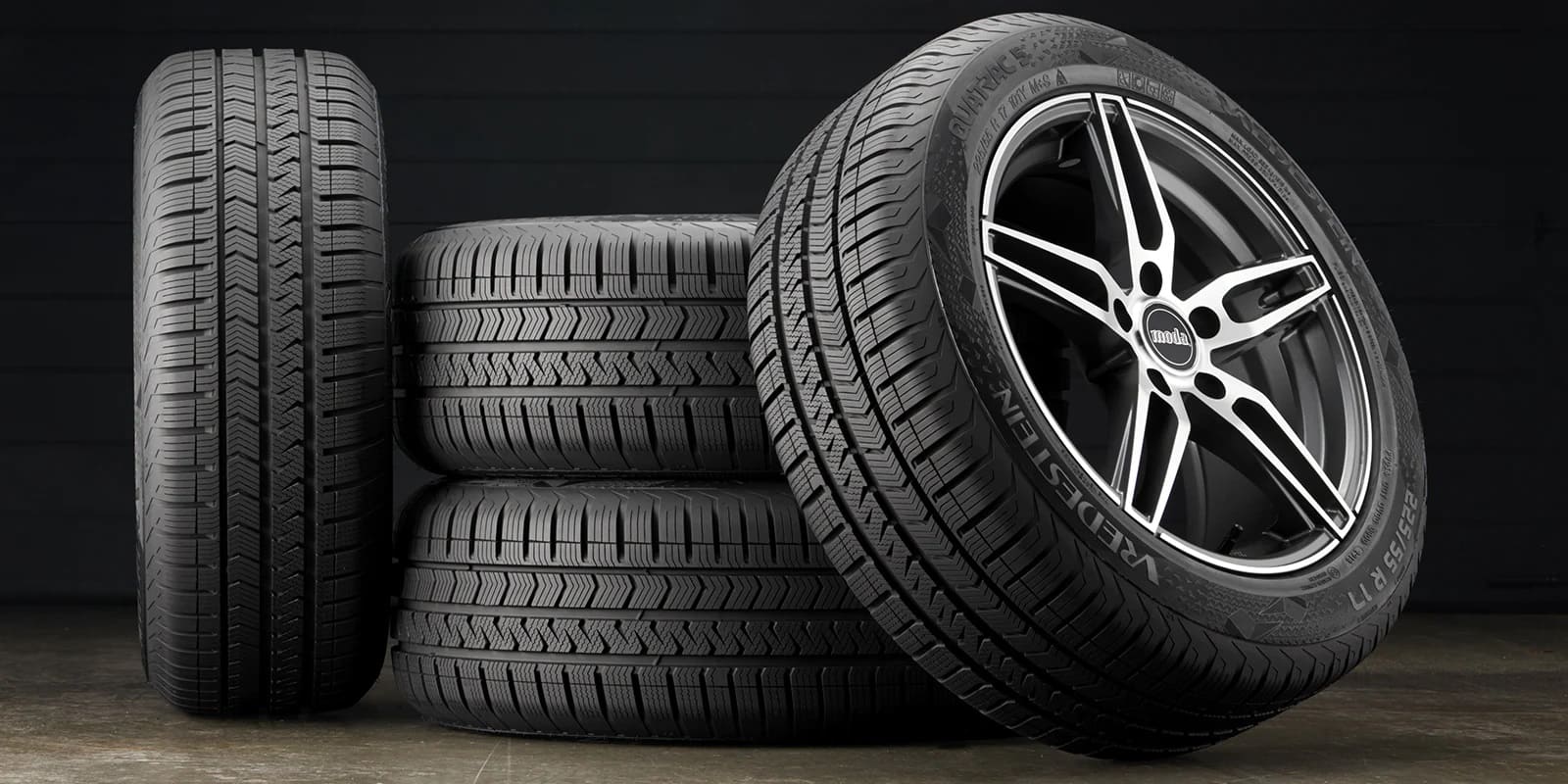
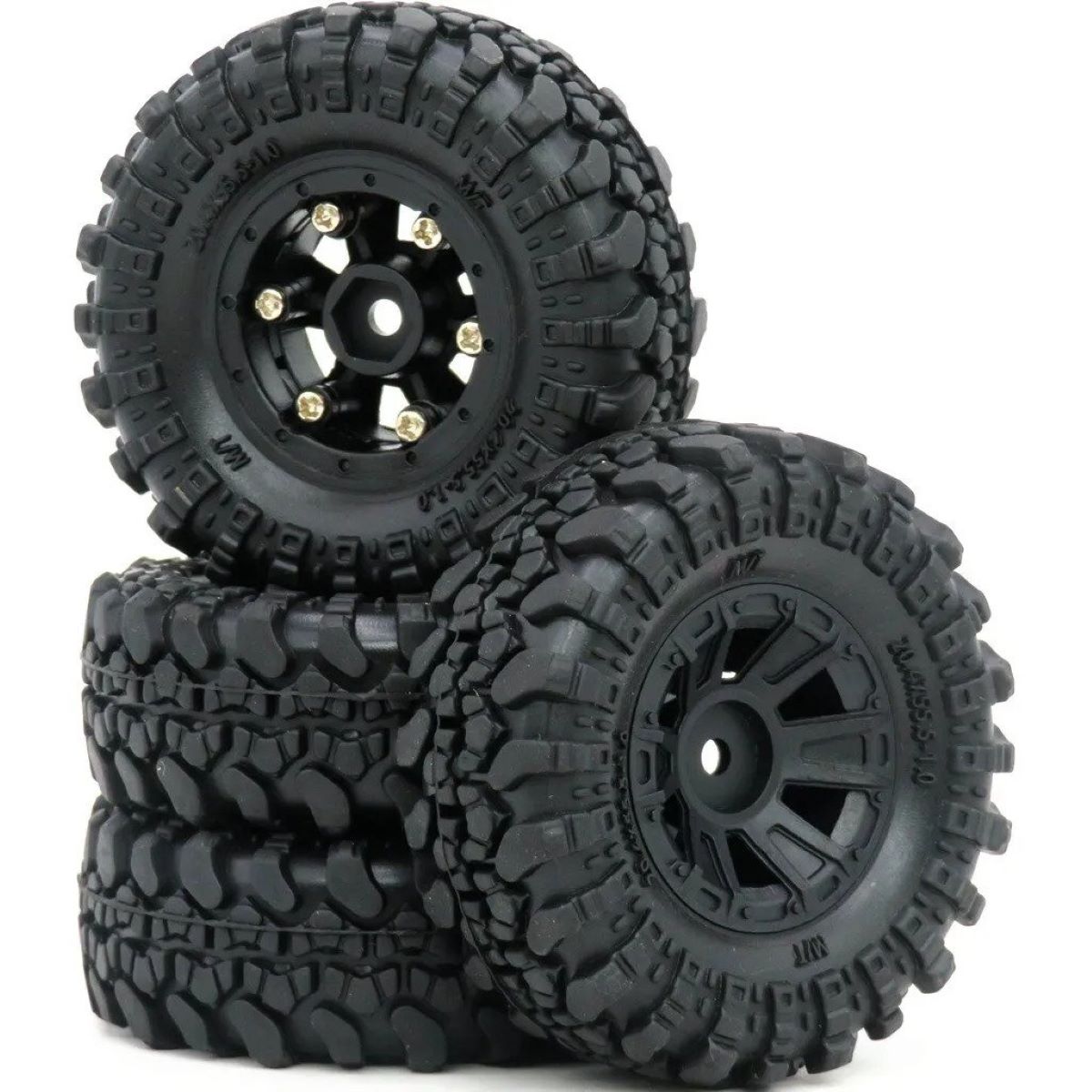
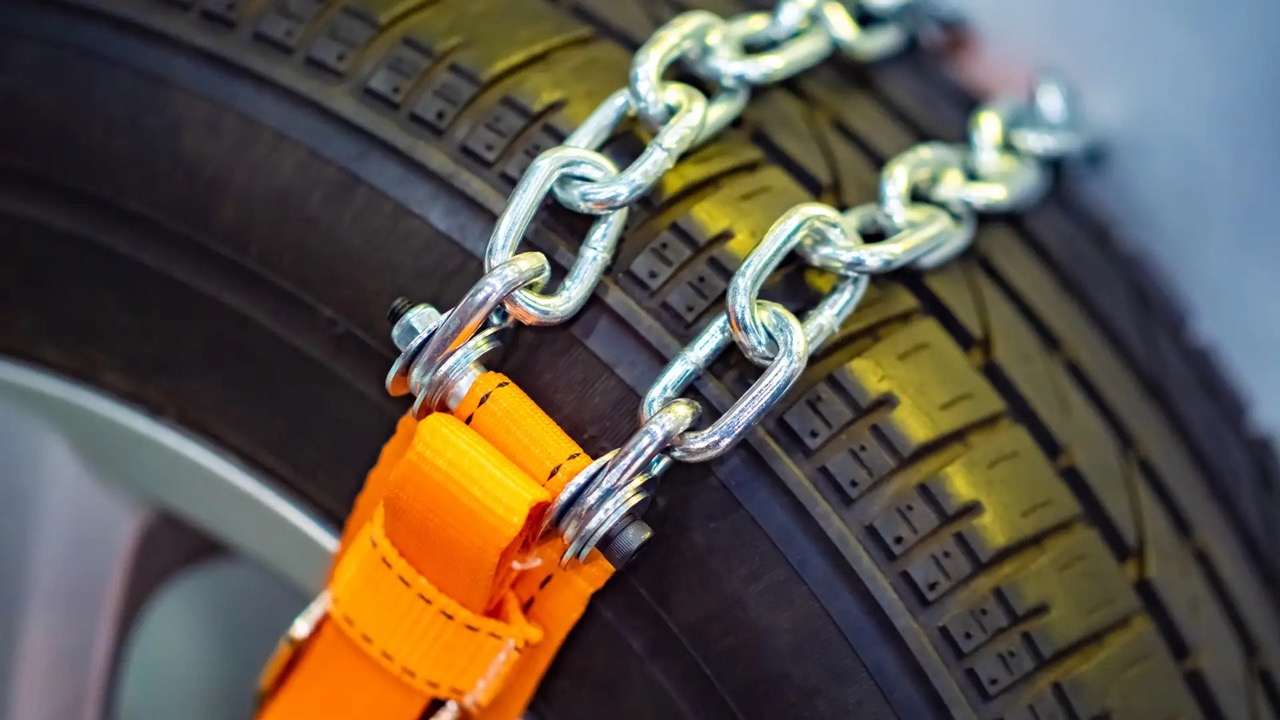
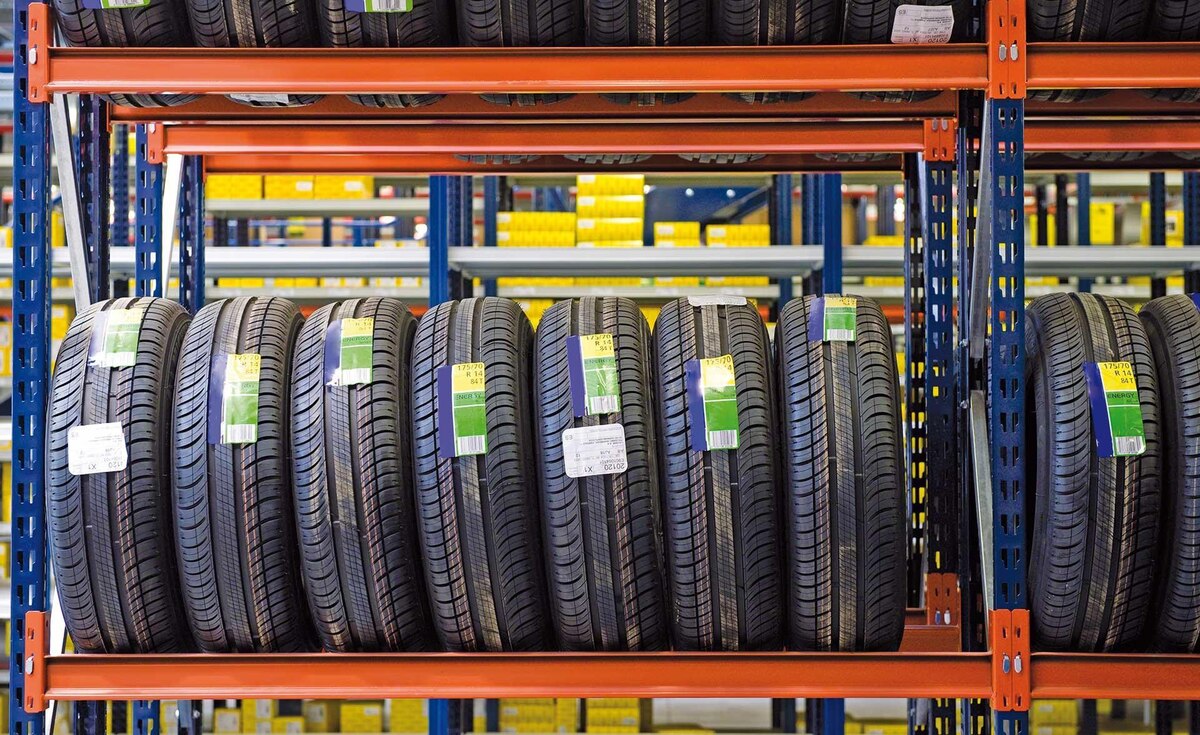
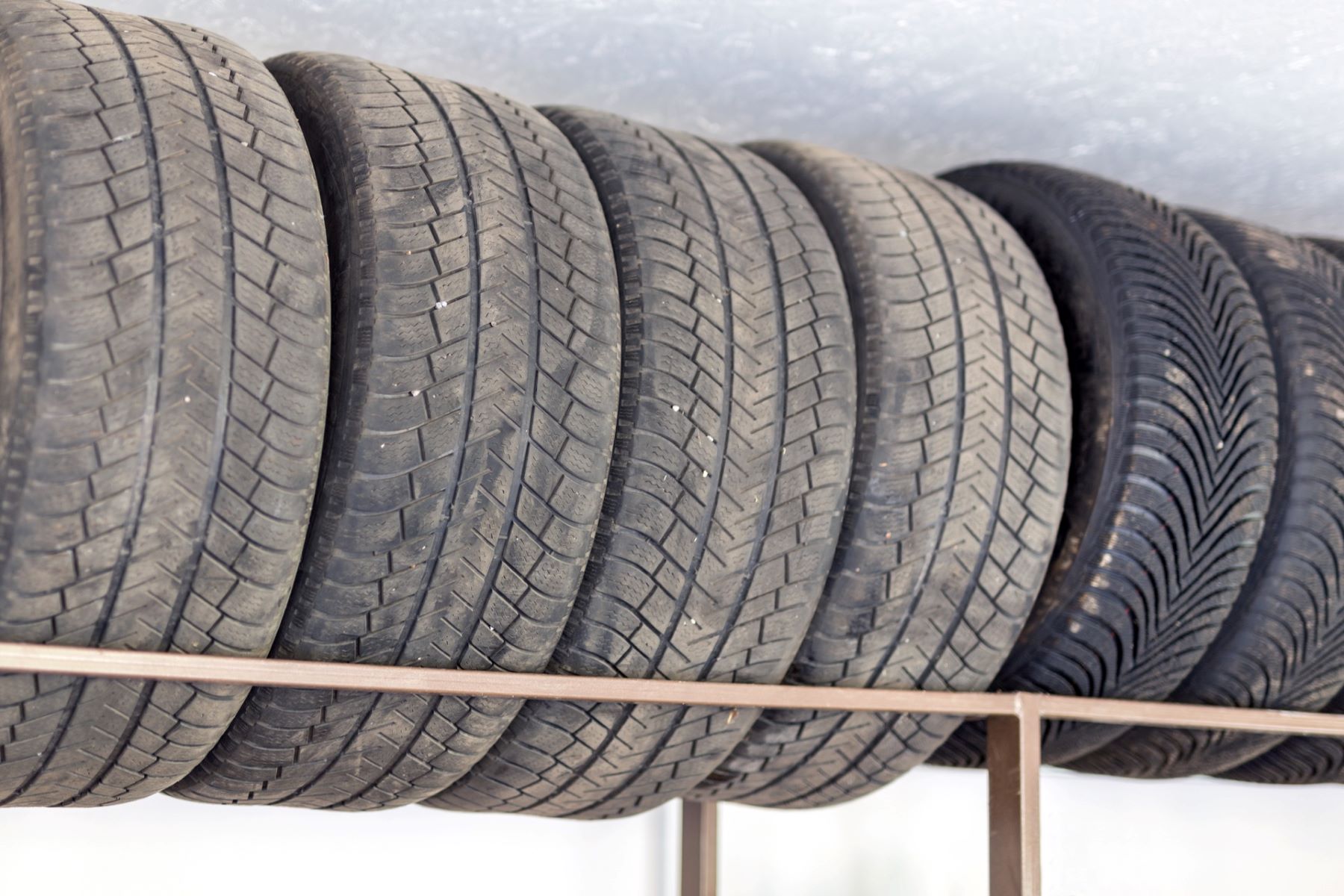
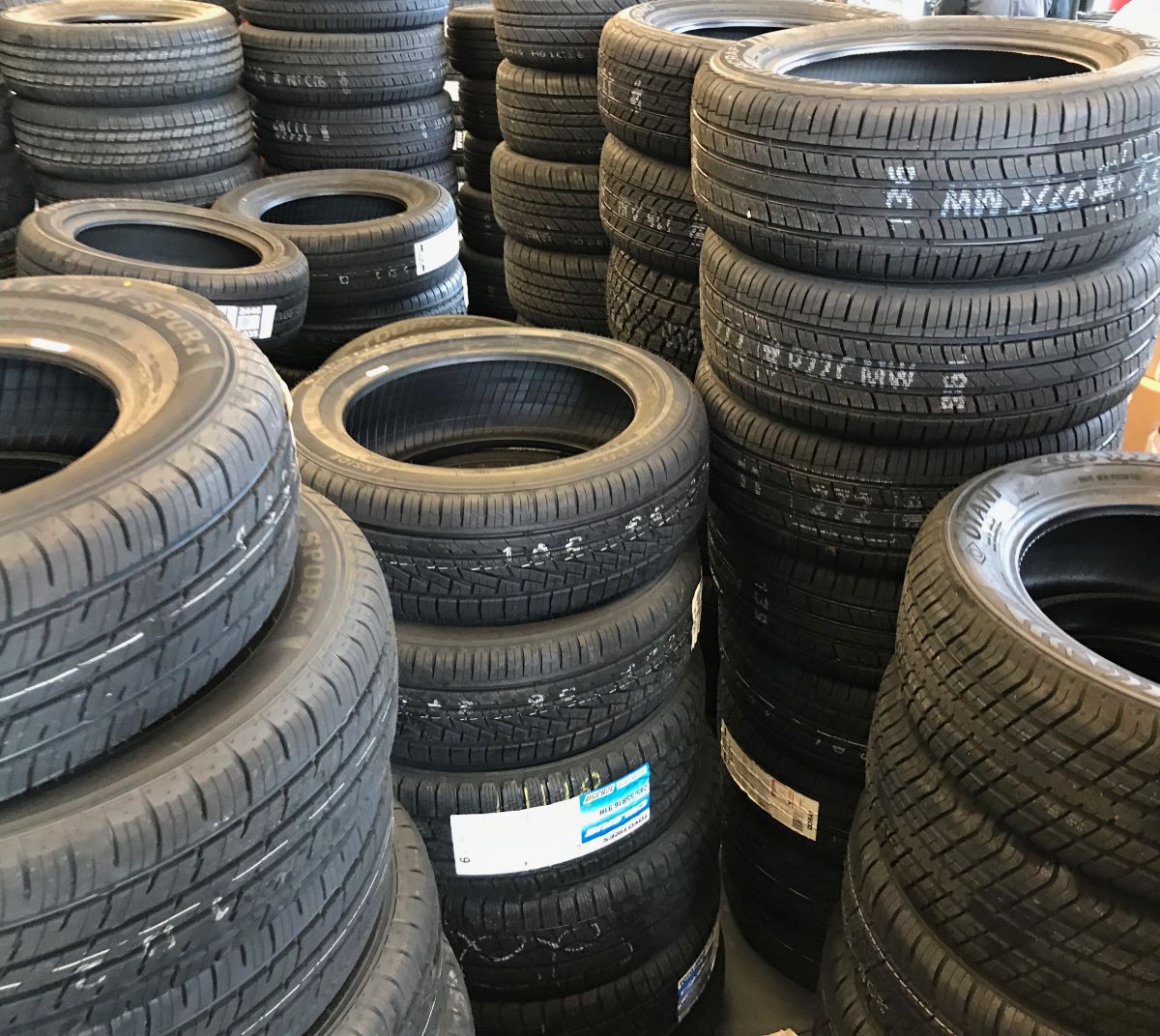
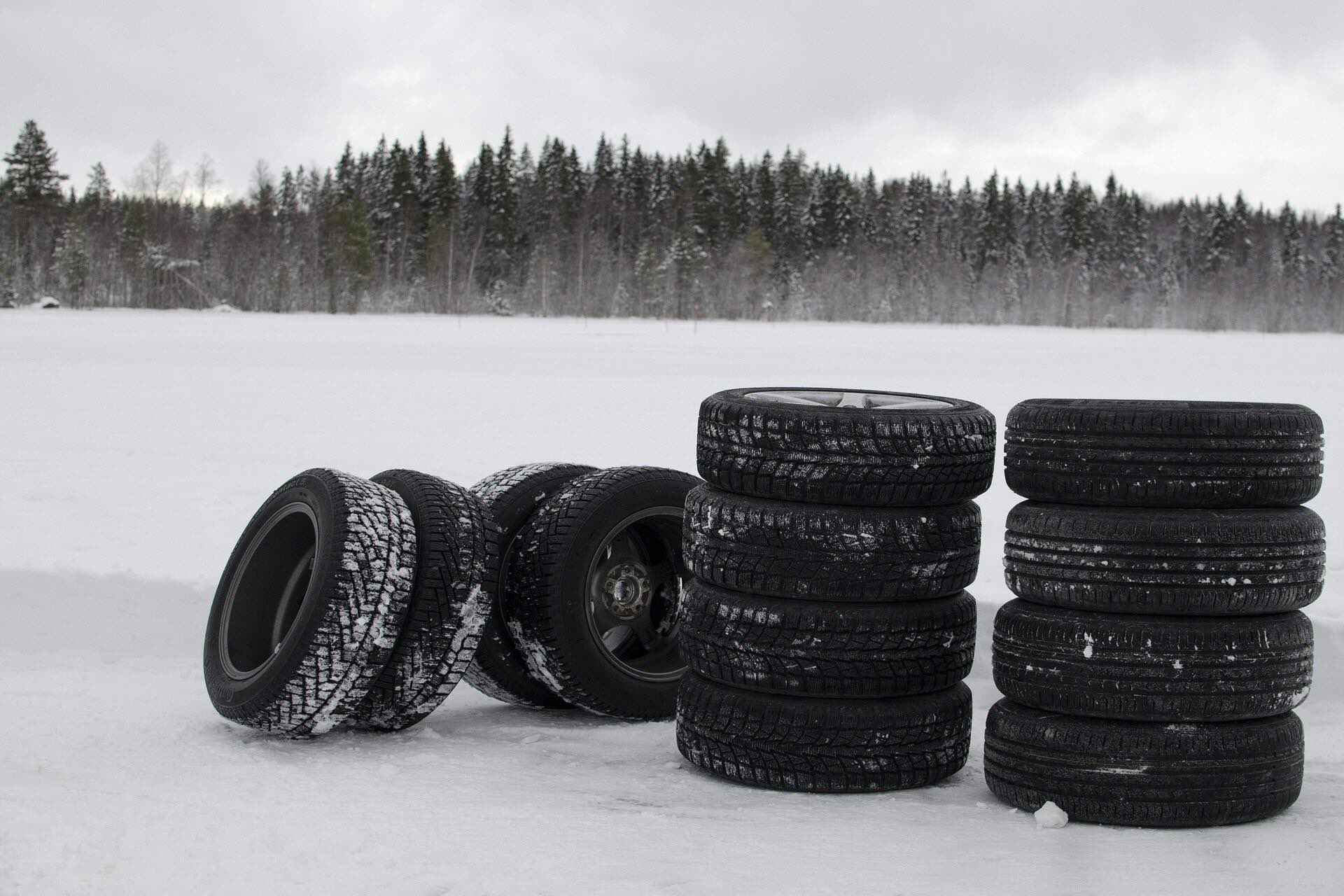
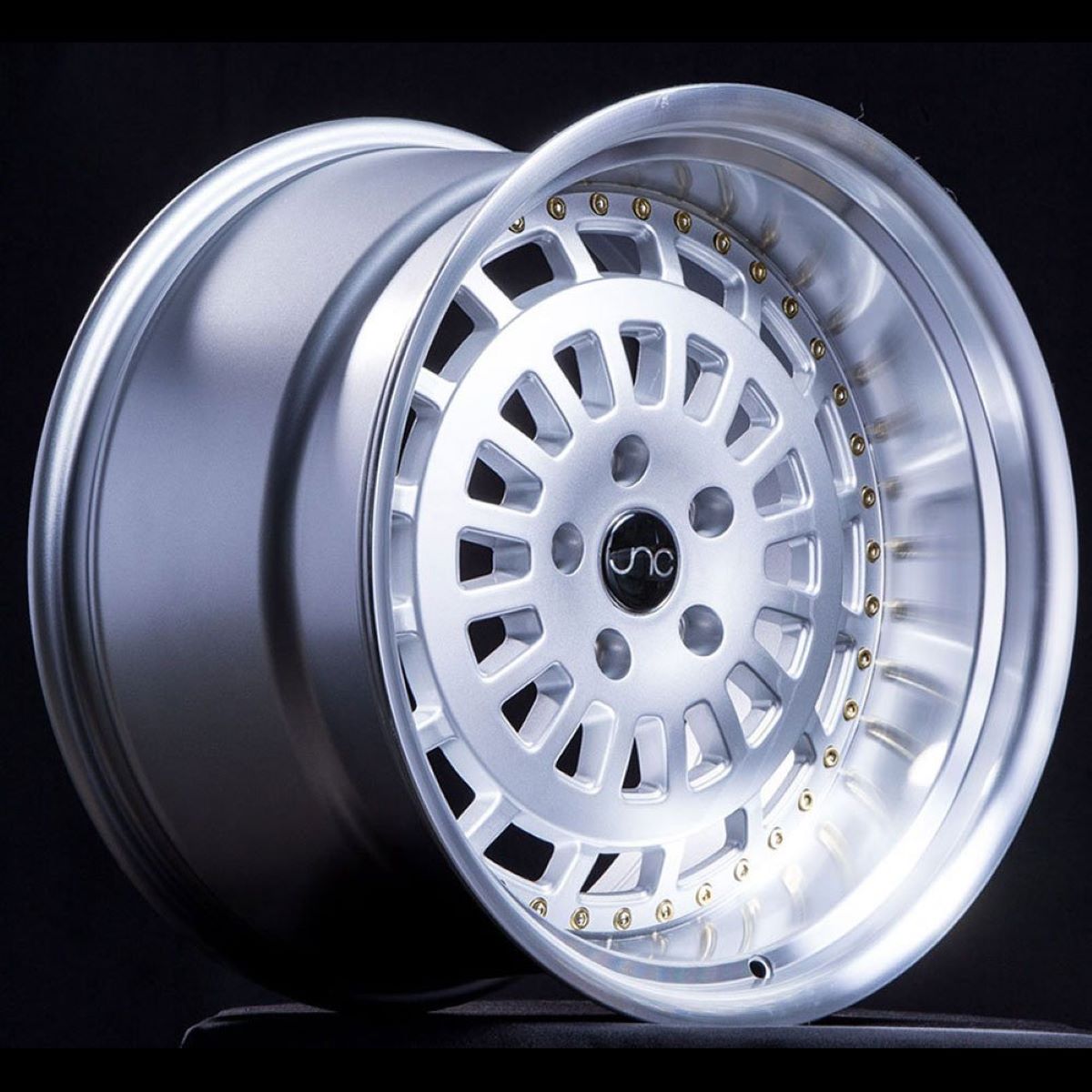
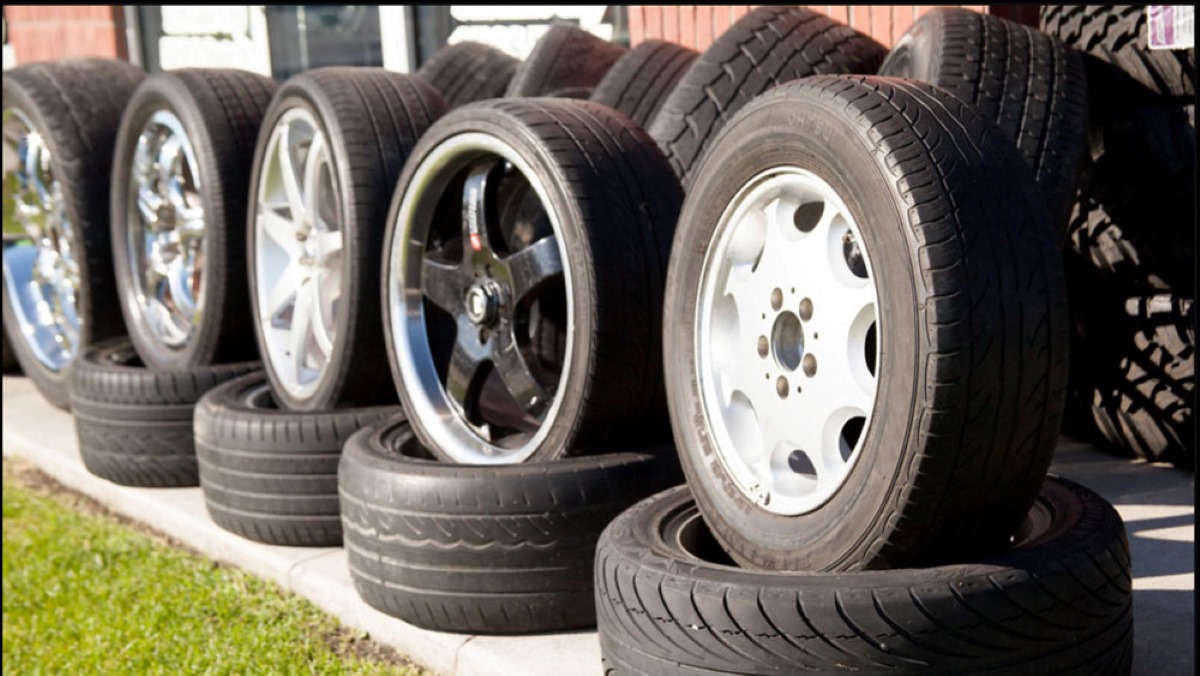


0 thoughts on “How To Store Car Tires”